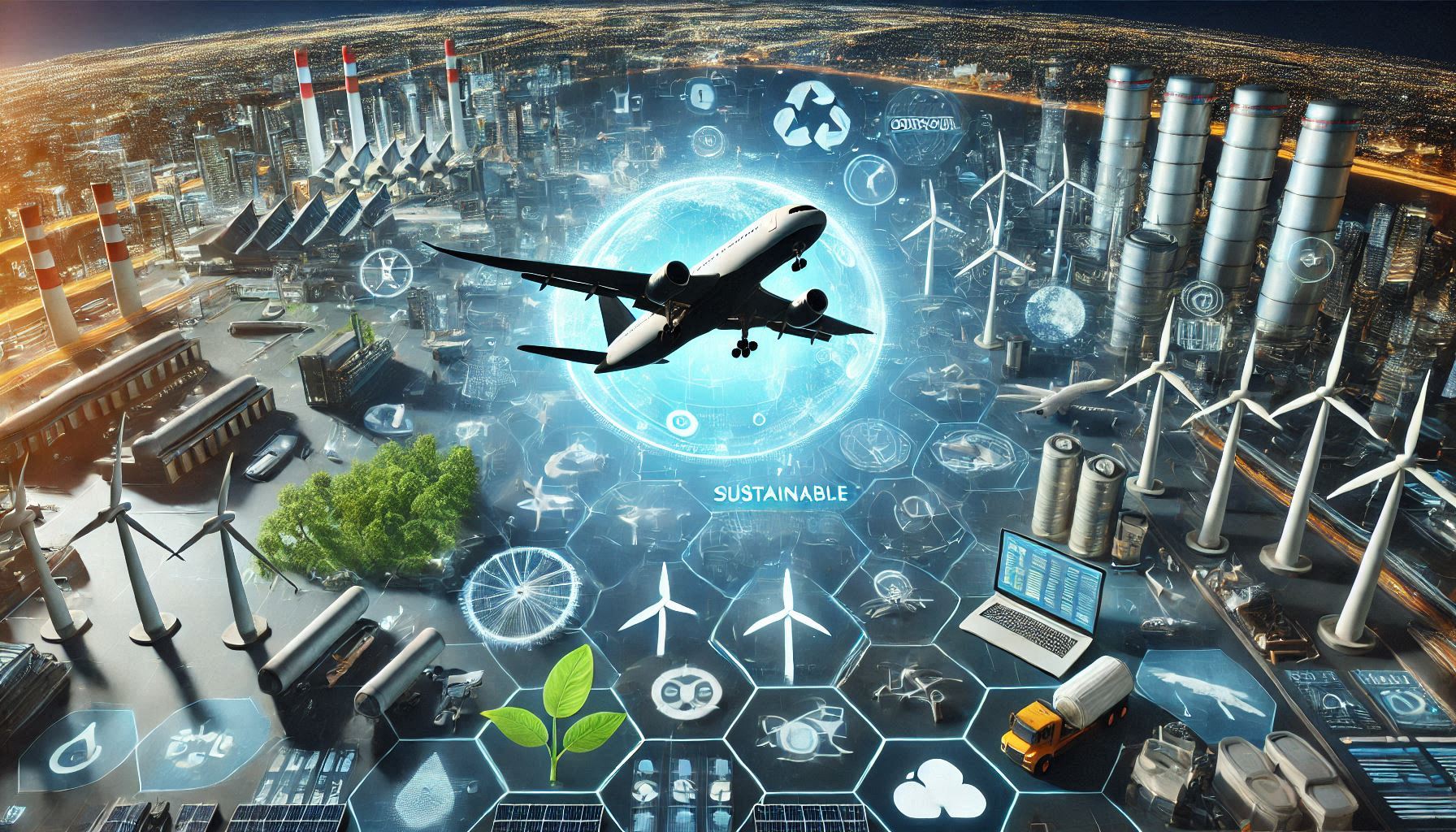Introduction
The aviation industry faces pressing environmental challenges, prompting innovation and sustainability efforts. This article explores key strategies, technologies and initiatives.
Environmental Impact
- Greenhouse gas emissions (CO2, NOx)
- Air pollution
- Noise pollution
- Waste generation
Sustainable Aviation Fuels (SAF)
- Biofuels (e.g., algae, agricultural waste)
- Synthetic fuels (e.g., electrofuels)
- Hydrogen fuel cells
- Carbon capture and utilization
Aircraft Efficiency
- Aerodynamic enhancements
- Engine optimization
- Lightweight materials
- Electric and hybrid-electric propulsion
Air Traffic Management
- Optimized flight routes
- Reduced holding times
- Single-engine taxiing
- Air traffic control modernization
Industry Initiatives
- IATA’s Carbon Offset Program
- Airbus’s Blue Sky Initiative
- Boeing’s EcoDemonstrator Program
- Sustainable Aviation Fuel Certification
Regulatory Frameworks
- ICAO’s Carbon Neutral Growth Strategy
- EU’s Emissions Trading System
- FAA’s Sustainable Aviation Fuels Program
- Global Carbon Offset Standard
Challenges and Opportunities
- Cost and investment
- Infrastructure development
- Public awareness and education
- Technological innovation
Conclusion
Sustainable aviation requires collaborative efforts from governments, industries and consumers. Emerging technologies and innovative strategies will drive environmental stewardship.
References:
- International Air Transport Association (IATA). Sustainable Aviation.
- International Civil Aviation Organization (ICAO). Environmental Protection.
- National Aeronautics and Space Administration (NASA). Sustainable Aviation Research.
